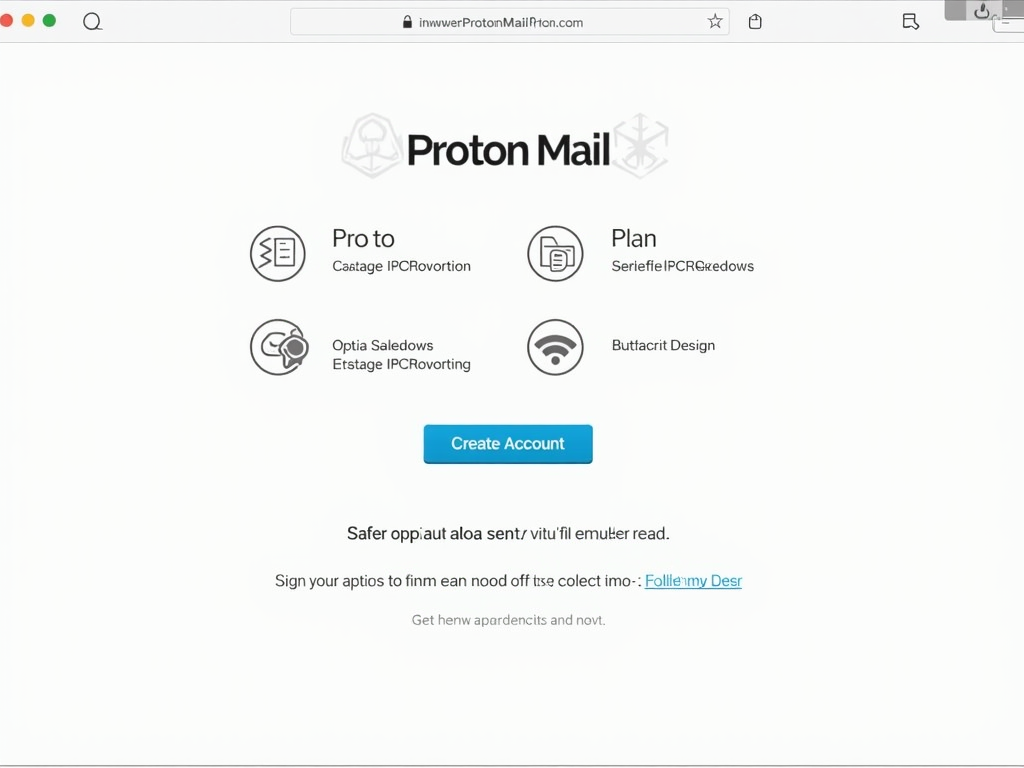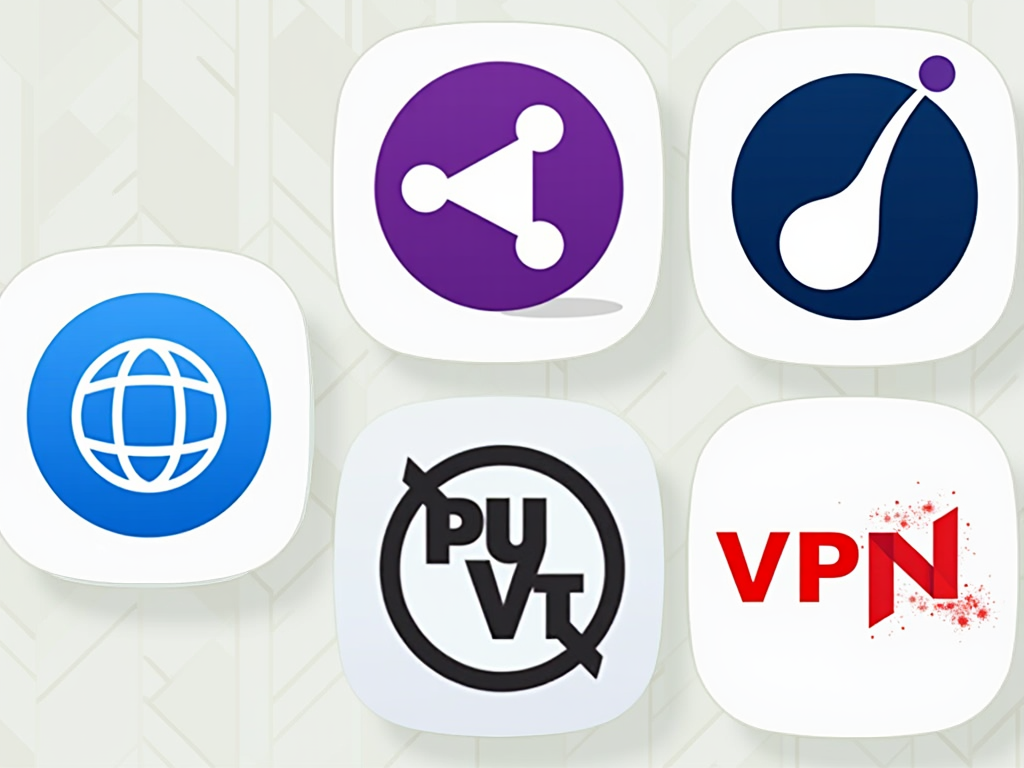Getting Started with Encrypted Communication
In an era where online privacy is increasingly under threat, encrypted communication offers a secure way to protect your personal information. This guide will walk you through the basics of getting started with encrypted communication, focusing on tools like Proton Mail, and provide tips for enhancing your online privacy.
What is Encrypted Communication?
Encrypted communication is a method of sending and receiving messages in a way that only the intended recipient can read them. It's like sending a letter in a locked box where only the person with the key can open it. In the digital world, this is achieved through complex mathematical algorithms that scramble your data, making it unreadable to anyone who doesn't have the decryption key.
Why is Encrypted Communication Important?
Our personal information is more vulnerable than ever. According to the 2020 Cost of a Data Breach Report by IBM Security, the average cost of a data breach is $3.86 million. Cybercriminals, hackers, and even some corporations are constantly trying to access our data for various reasons. By using encrypted communication, you can significantly reduce the risk of your data being intercepted or stolen.

Getting Started with Proton Mail
Proton Mail is one of the most popular encrypted email services, known for its ease of use and strong security features. Here's how to get started:
Step 1: Sign Up for Proton Mail
- Visit the Proton Mail website.
- Click on the 'Sign Up' button.
- Choose a plan. Proton Mail offers a free plan with basic features, which is great for beginners.
- Create a username and password. Make sure to choose a strong password.
- Verify your account via email or SMS.

Step 2: Set Up Your Account
Once you've signed up, you'll be taken to your Proton Mail dashboard. Here, you can customize your settings, such as: - Setting up a recovery email - Enabling two-factor authentication for extra security - Choosing a display name

Step 3: Sending and Receiving Encrypted Emails
- Sending to another Proton Mail user: Simply compose your email as you normally would. Proton Mail automatically encrypts the message.
- Sending to someone who doesn't use Proton Mail: You can still send encrypted emails by setting a password for the message. The recipient will receive a link to view the message and will need to enter the password you set.

Other Online Privacy Tools
While Proton Mail is excellent for email, consider using these additional tools for comprehensive online privacy: - Signal: A messaging app offering end-to-end encryption for texts, voice calls, and video calls. - Tor Browser: A web browser that helps you browse the internet anonymously. - VPNs: Virtual Private Networks that encrypt your internet connection, protecting your data from prying eyes.

Tips for Enhancing Online Privacy
Here are some additional tips to keep your online activities private: - Use strong, unique passwords for each account. - Enable two-factor authentication whenever possible. - Be cautious about what information you share online. - Keep your software and apps up to date. - Avoid using public Wi-Fi for sensitive activities, or use a VPN if you must.

Conclusion
Getting started with encrypted communication might seem daunting at first, but with tools like Proton Mail, it's easier than you think. By taking the time to set up and use these tools, you're taking a significant step towards protecting your personal information in the digital world. Remember, online privacy is not just about technology; it's also about being mindful of what you share and how you interact online.
For more information on online privacy tools, check out the EFF's Surveillance Self-Defense guide.